I've search for a solution to my problem both on this site and on Google but I did not find a complete and adequate response.
I need a circuit that switches two 12v sources (one that comes from a lead-acid battery powered by a solar panel and the other source comes from the output of a 220-12v switching power supply) without the final power output being interrupted during switching (this is very important!).
Notes:
- The final power output will be used to power 12v devices (30 Ampere maximum).
- The sources voltage range is 11-14.7v
How can I switch between two 12V sources?

